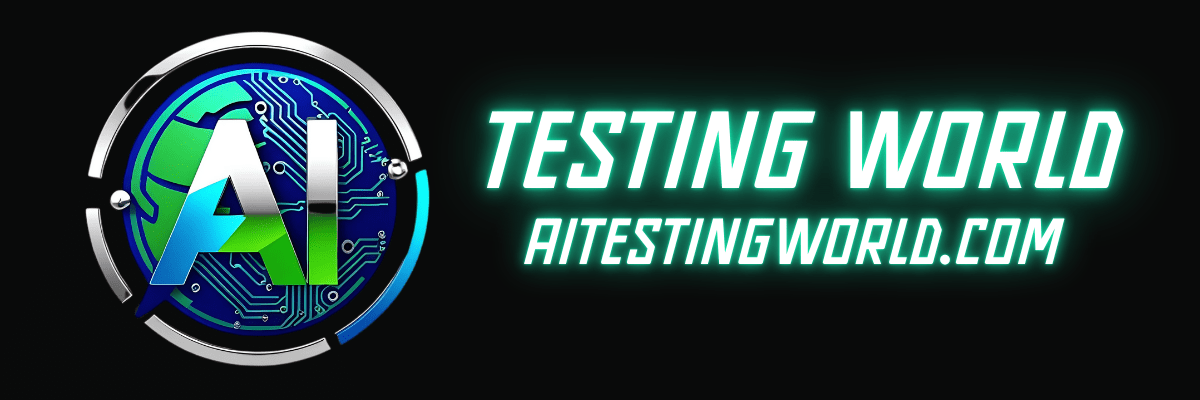TL;DR
AI software testing experts highlight the continued relevance of the Turing Test, emphasizing its unique ability to gauge AI software’s human-like interaction and adaptability amid emerging technologies.
Despite numerous advances in artificial intelligence evaluation methods, technology professionals maintain that the Turing Test is still one of the best benchmarks to assess AI software. Experts from Gulf Business recently revisited the ongoing importance and effectiveness of this decades-old measure. Initially proposed by computer scientist Alan Turing in 1950, the test measures a software’s capacity to mimic human interaction convincingly.
AI Testing: Still Valid and Practical
As AI becomes increasingly integrated into vital systems, the importance of evaluating AI software’s realism and adaptability remains critical. The Turing Test’s simplicity allows testers to clearly measure interaction quality between software and human evaluators.
Unlike complex requirements-driven evaluation models, the Turing Test straightforwardly addresses software’s ability to naturally engage with users. Gulf Business’s feature underlines the necessity of ensuring AI systems perform realistically to sustain users’ trust and maximize practical application. For software development teams, aligning AI testing strategies with real-world user experiences is fundamental.
Challenges for Realistic AI Software Testing
However, critics of the Turing Test claim the benchmark is limited—it typically tests superficial conversational abilities rather than concrete task-oriented capabilities. Yet this debate itself reveals an essential challenge in AI software testing: balancing realism versus functional performance.
For software engineers, employing the Turing Test alongside other complementary assessments may aid in constructing AI software that engages genuinely and efficiently performs practical tasks.
Future AI Software Evaluation
Looking ahead, experts believe the Turing Test remains a valuable indicator but acknowledge the necessity of incorporating newer, task-specific evaluation models. AI designers and testers should prepare by adopting mixed-method approaches, combining AI task competency assessments with realism benchmarks like the Turing Test. This strategic combination model can potentially produce more resilient, engaging AI solutions. Ultimately, while newer tests offer more nuanced results, the straightforward human judgment criteria embedded in the Turing Test continue making it profoundly relevant.
AI software engineers and QA teams should not discount its value; rather, they should embrace its proven practicality to improve future AI software systems while exploring complementary measures. It remains a powerful reminder that AI software interaction quality deserves careful consideration as we shape the future of intelligent software. Keeping evaluation strategies focused, relevant, and effective is paramount for software developers aiming to deliver reliable AI solutions. By striking the right balance between novel testing methodologies and proven techniques like the Turing Test, AI professionals can continue evolving testing excellence and driving the AI software industry forward.
Original resource for this article:https://gulfbusiness.com/the-turing-test-is-still-the-best-to-assess-ai/





